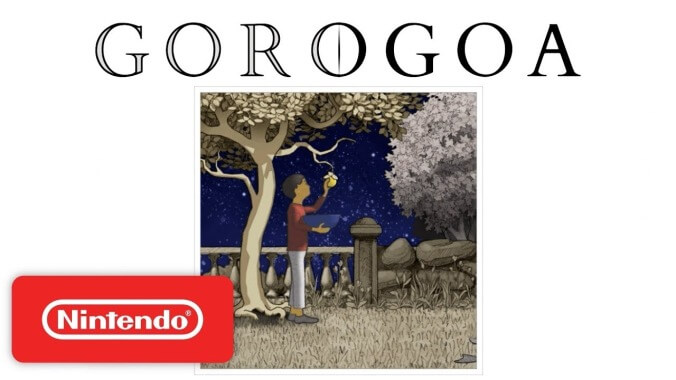Gorogoa wants to get you thinking about much more than its breathtaking puzzles

Jason Roberts’ Gorogoa is as much a puzzle game as an avant-garde interactive graphic novel. It wordlessly presents players with a deceptively simple story by having them transform scenes and literally walk from panel to panel, through space and time, between seemingly unrelated images. The challenge it presents isn’t aimed at your intellect or problem-solving skills, but at your ability to look for truth past the surface, to see the worlds inside of worlds and the connections between all things. Viewed as merely an exercise in puzzle design, it’s wildly original, but what makes Gorogoa so impactful is how its call for slow, careful reconsideration resonates well beyond those inventive brainteasers. It’s not just trying to teach you how to solve its riddles; it’s trying to implore you to look at the real world with the same attentiveness, curiosity, and understanding.
Gorogoa’s puzzles involve manipulating anywhere between one and four images on a two-by-two grid. A single panel usually contains multiple focus points—a zoomed-out view of a bedroom can lead to a close-up of a bookshelf, for example, and then an even closer look at the images on each book’s spine and the animated worlds within them. Those individual panels can be placed next to each other to create bigger images conjoined by shared elements, like a branch or a ladder that extends between scenes, and have objects moving through them, like a moth fluttering to a lantern. Windows and doorways often act as frames that can be removed to reveal the totality of the scene behind them, and they’re almost always repurposed as portals between panels when placed on top of other scenes. This is the method by which the game’s main character, a nameless young boy, walks between the various locations in each panel, moving from scene to scene as the story unfolds around him. It’s difficult at first to grasp just how far you can push those connections and interactions, but the game does an exemplary job of encouraging players to experiment with the possibilities and eventually easing them into more complex Rube Goldberg-like scenarios.
Considering you’ll be spending your first playthrough grappling with those puzzles, the story Gorogoa tells can come off as needing just as much brain power to assemble, but a second run with the solutions in hand shows that, while there is still some purposeful vagueness and fantasy around the edges, it’s more straightforward than it appears. We’re witnessing the life of a man who, as a child, survived in a war-torn city. The bright, quiet opening gives way to jarring scenes of the boy studying as distant explosions fill the air outside and send tremors through his home. Combined with Roberts’ illustrations, which invoke Islamic art and architecture, it’s difficult to separate the game’s imagery from any number of violent crises that have rocked Muslim nations for centuries.
But Gorogoa doesn’t aspire to directly portray the horrific realities of those events. It instead gives us momentary glimpses of ruined buildings and the detritus of the human lives they once housed—broken dishes, torn teddy bears. It’s part of the game’s broader fixation on objects and images and the meanings they hold beyond the surface. The boy’s story continues well past that wartime era, and its various stages are connected by the belongings he keeps, the places his life has taken him, and the memories he associates with them. It’s not much of a stretch to see the entire game as the boy, now an old man, recalling his life story, shuffling through keepsakes and notes like the fragments of personal history they are. Through the game’s puzzles, we’re quite literally putting the pieces together along with him, figuring out how all these disparate scenes fit together into a fractured narrative and a fully lived life.
There’s a rare, beautiful harmony between how you play Gorogoa, how it tells its story, and the lesson it seems to be imparting. It toys with the very nature of images and appearances, challenging us to look for the deeper truths and connections in everything we see. It’s important to remember in our age of information overload, and it’s an especially powerful sentiment when applied to the war-zone imagery the game employs. In that context, Gorogoa serves as a reminder that being a world away from nightmarish crises, like the one still going on in Syria, doesn’t make them any less real, or the people, who most of us will only ever see in photos, any less human. Beyond that captured moment there is so much more—a story, an inner life. Remarkably, we could say the same for Gorogoa and the wisdom Jason Roberts spent seven years weaving into its astonishing puzzles.